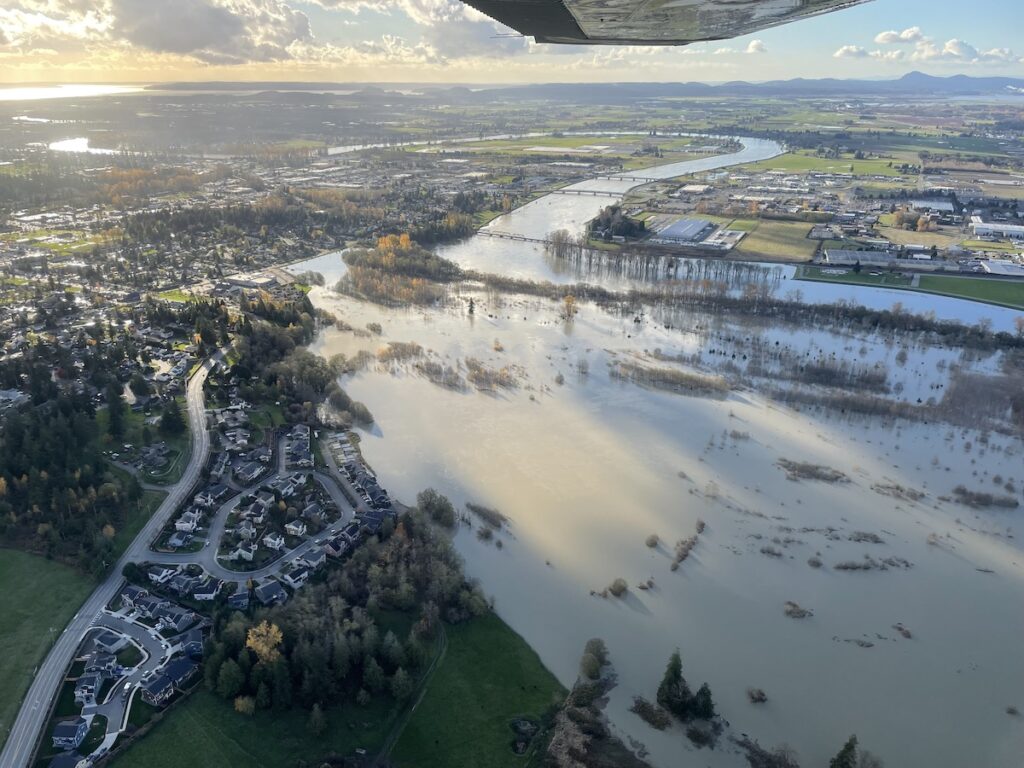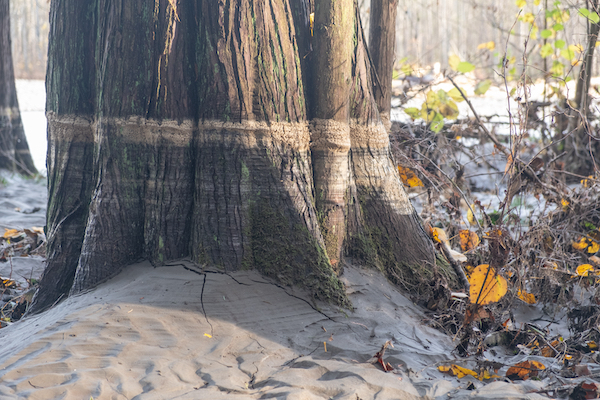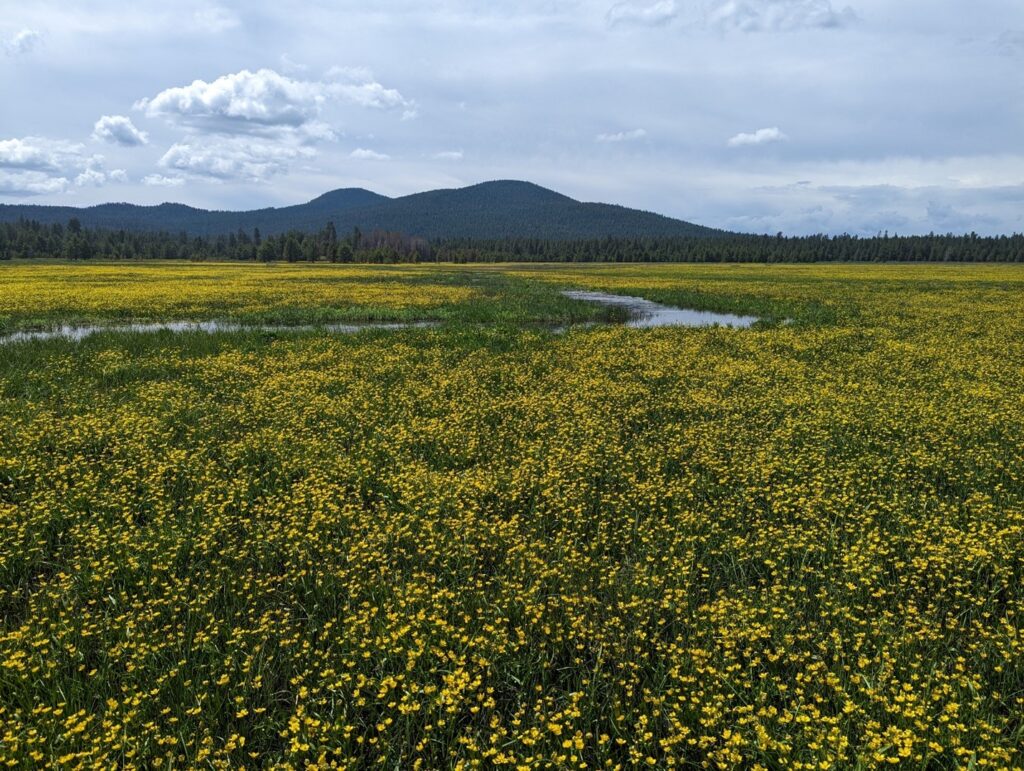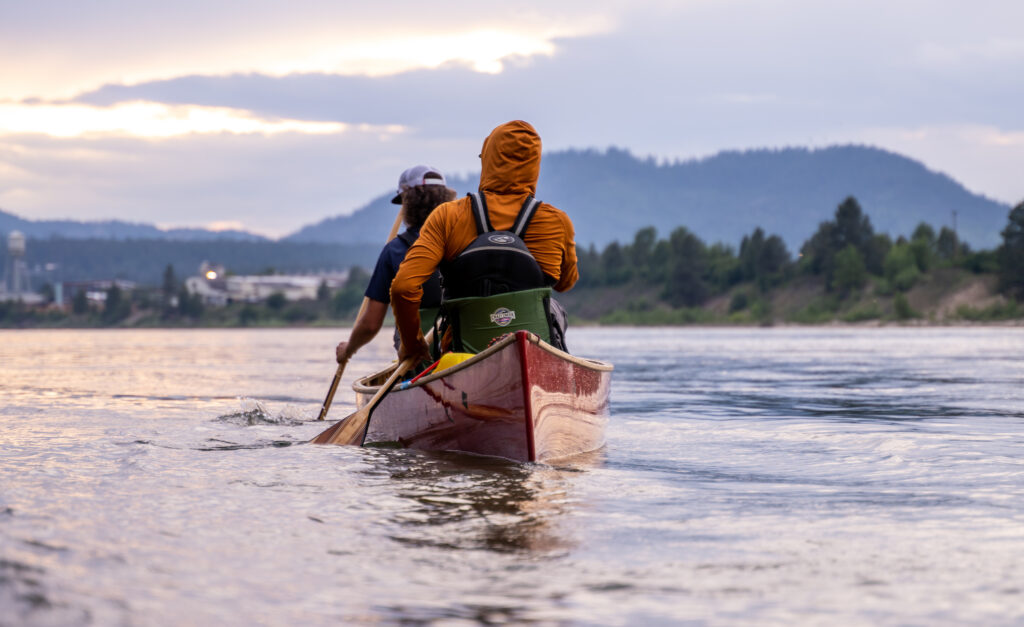An Update on Northwest Flooding
"Atmospheric rivers” have been slamming the U.S. West Coast for the last several weeks, causing tremendous damage and placing many communities and families in harm’s way.

“Atmospheric rivers” have been slamming the U.S. West Coast for the last several weeks, causing tremendous damage and placing many communities and families in harm’s way. Even as we write this blog, many homes, farms, businesses and other infrastructure in Washington and British Columbia remain underwater from record rains that fell through November 15, 2021. Many are just beginning to grapple with damages, and our hearts extend to those who are affected.
The long narrow bands of warm water vapor that constitute atmospheric rivers extend far out into the Pacific Ocean and carry vast amounts of water. A strong atmospheric river can transport 7.5-15 times the average flow of water at the mouth of the Mississippi River.

NOAA infographic on the atmospheric rivers
During October 23-26, 2021 one of these storms dropped 7.6 trillion gallons of rain on northern California, causing mudslides, power outages and flooding across the state. According to a statement from the National Weather Service’s Western Region Headquarters, “that’s enough water for over 244 million people for an entire year.”
Washington state caught the edge of this storm which inundated the region with rain — saturating soils and increasing water levels. More rain has fallen in the past week than usually falls in the entire month of November. So, when another atmospheric river directly hit Northern Washington this past weekend, many systems reached their capacity.
The Sumas, Nooksack and Skagit Rivers were hit the hardest, with the Nooksack, northwest of Bellingham, reaching its highest flood elevations in recorded history. Interstate 5 north of Bellingham was shut down for several hours and over 500-people were displaced, and even more were without power. In the Town of Sumas, at the U.S.-Canadian border, 75% of structures have been damaged. On Monday, Gov. Jay Inslee declared a severe weather state of emergency in 14 Western Washington Counties.

Thankfully these areas have experienced local floodplain managers and good emergency response systems in place. But even with this experience and planning, communities are struggling to keep with the impacts of climate change.
These types of storms are only expected to increase in intensity and severity with climate change. Historically, about 30-50% of annual precipitation on the West Coast comes from atmospheric rivers and they are critical to sustaining a healthy snowpack and maintaining the water supply throughout the year. However, as the climate warms, more of this precipitation will fall as rain and not as snow, meaning that it will come all at once instead of being metered out over several months as the snow melts in the spring – contributing to increased runoff volumes and larger floods.
At the same time, the population of Washington state is expected to double in the next 50-years creating added development pressure in flood prone areas. Places like the Nooksack and Skagit are largely agricultural but are at risk of being converted into residential housing.
Farmers across the region have been dealing with floods for decades and it can cause very real financial, social and emotional damage. In addition to impacting the land and structures, large scale flooding like this can damage the infrastructure and supply chains that farmers rely on. Multiple rail lines were washed out in the recent storm so farmers cannot get their grain products to the mill. Additionally, impacts to feed providers means securing reliable sources of food for livestock will be increasingly difficult.
While the agricultural industry was seriously impacted by flooding and climate change, the very nature of farming means that there are fewer people and structures at risk when floods occur. When farmland is converted to residential housing, the number of structures, impermeable surfaces, and people in the floodplain increases putting more people and property in harm’s way.

New development under construction in the Skagit shown during flooding on November 16, 2021. Photo Credit: Brandon Parsons, American Rivers with aerial support by LightHawk.
Floodplains also provide critical natural and beneficial functions for the environment. In their natural condition, floodplains store floodwaters, helping to recharge groundwater levels and provide critical habitat for threatened and endangered salmon species.
Communities all over Washington state are embracing the idea of integrated floodplain management that aims to improve the resiliency of floodplains for the protection of human communities and the health of the ecosystem while supporting values important in the region such as agriculture, clean water, a vibrant economy, and outdoor recreation. This approach looks at the entire river or watershed to understand the different dynamics of flooding and the diverse needs represented in the floodplain. By working collaboratively across interests, solutions can be developed to address flood risk while also supporting agriculture, salmon restoration, Native American Treaty rights and responsible economic development. Not every project can mean a win for every interest, but with strategic vision and benefit-sharing, the idea is that we are working collaboratively towards a watershed system that can, over time, function better for people, fish, farms and cities.

Funding through the Infrastructure Investment & Jobs Act presents an unprecedented opportunity to not only make meaningful investments in integrated floodplain management but to align programs to address shared challenges. As new funding guidelines are developed and new projects are initiated, it will be critical for agencies to allow flexibility in funding streams that support multiple opportunities in the floodplain and address long term flood risk in a more comprehensive manner.
While there are policy and funding solutions that can help affected communities recover and reduce risk long term, it is local residents that are helping each other most now. People from all over northern Washington are opening up their homes to people displaced by these floods, donating food and standing side by side to help people recover. It is people’s compassion for their neighbors and willingness to step up in times of need that stands out most during times of hardship.
If you are interested in supporting those affected by recent flooding, here is a list of organizations on the ground that are assisting residents



